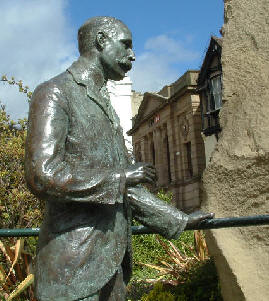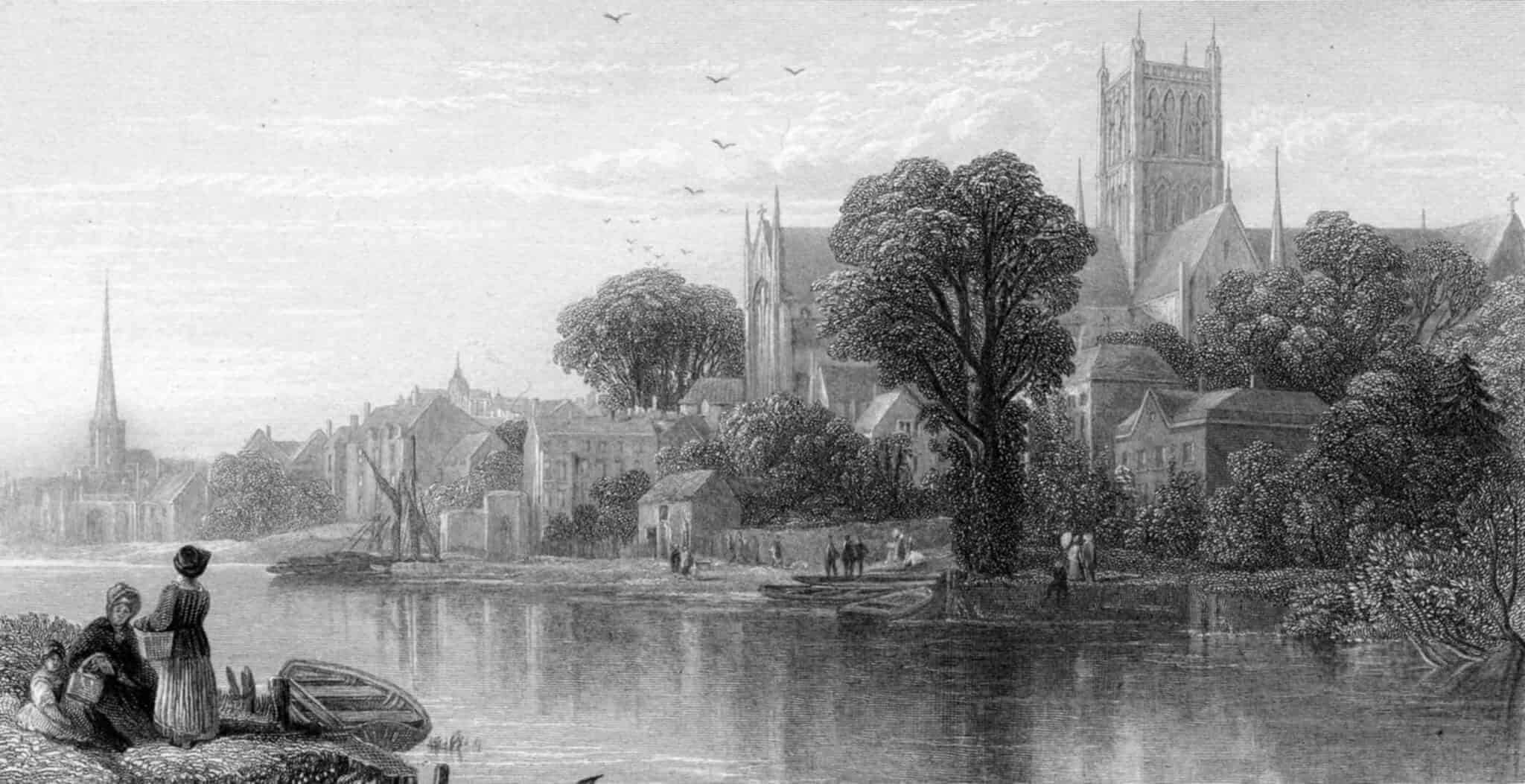It is likely that the Ancient Britains were responsible for naming Malvern, or moel-bryn meaning “the bare hill”.
The Malvern Hills that dominate the surrounding Worcestershire and Herefordshire landscape bear testament to their presence in the area with British Camp, an immense Iron Age hill fort whose 2000 year old ramparts remain clearly visible today.
Originally thought to have been a purely defensive feature for people to retreat within in times of trouble, recent discoveries have suggested that the fort was in fact permanently occupied over a period of five hundred years, at any one time the home to a 4,000 strong tribe.

Hill forts continued to dominate the English landscape right up until the arrival of the Romans when, one by one, they fell to the might and persistence of Roman civil engineering siege tactics.
Popular local folklore recalls how the Ancient British chieftain Caractacus made his last stand at British Camp. The legend tells that Caractacus was captured after a heroic fight and transported to Rome, where he so impressed the Emperor Claudius that he was released, given a villa and a pension.
However the legend is unlikely to involve British Camp. Yes, it is recorded that Caractacus was captured by the Romans, taken to Rome and eventually released, but if the account of his final battle by the Roman historian Tacitus is accurate, then it is unlikely to have taken place at British Camp. Tacitus describes “a river of doubtful fordability” in his events of the battle, the likes of which can only be found several miles away from Malvern. The top ramparts of British Camp are not in fact Iron Age, but a Norman motte fortification.

The Normans arrived in Malvern shortly after the Battle of Hastings, and work started on a monastery in what was then known as Malvern Chase in 1085, a chase being an area of unenclosed land where wild animals are kept for hunting purposes. Originally built for thirty monks on land belonging to Westminster Abbey, the Great Malvern Priory evolved over the next few hundred years.
The fortunes of the priory changed however when in the 1530s King Henry VIII, short of cash, decided to plunder the funds of the Popes Catholic monasteries. Any opposition was quickly brushed aside by Thomas Cromwell, and in 1539 the Malvern monks surrendered their lands and buildings. These were subsequently sold on to various people with the exception of the church, which remained the property of The Crown.
Lack of funds over the next couple of centuries resulted in hardly any repairs or maintenance being carried out to the priory. This shortage of funding meant that there was not even enough money to remove and replace the ‘Popish’ medieval glass, which still remains.
In the 1600s the English Civil War raged across the country including nearby Worcester: Malvern however, surrounded by the dense forest of Malvern Chase, emerged relatively unscathed.

Local boy and world renowned composer Sir Edward Elgar, who lived in Malvern for some years, recorded local history and legend for posterity when he released his Cantata Caractacus in 1898.
The town of Malvern prospered significantly during the Victorian era, a key date being 1842, when Doctors James Wilson and Gully set up their water cure establishments in Belle Vue at the centre of town enabling visitors to ‘take the waters’. Both Charles Dickens and Charles Darwin arrived in town to sample the water for themselves.
The reputation of the purity of Malvern water was firmly established when in 1851 J Schweppe & Co. presented it to the world at the Great Exhibition held in Hyde Park, London. More recently, water from the Holywell Spring is now bottled and marketed as Holywell Malvern Spring Water, and is available for sale at cafes, restaurants and shops in the town; alternatively you can sample it free of charge at any of the 70 or so natural springs in the area.
The names and locations of the natural Malvern springs can be found at www.malverntrail.co.uk/malvernhills.htm
Museums
View our interactive map of Museums in Britain for details of local galleries and museums.
Castles in England
Try our interactive map of Castles in England to browse our huge database.
Battlefield Sites
Browse our interactive map of the Battlefield Sites in Britain for details of nearby sites.
Getting here
Malvern is easily accessible by both road and rail, please try our UK Travel Guide for further information.





